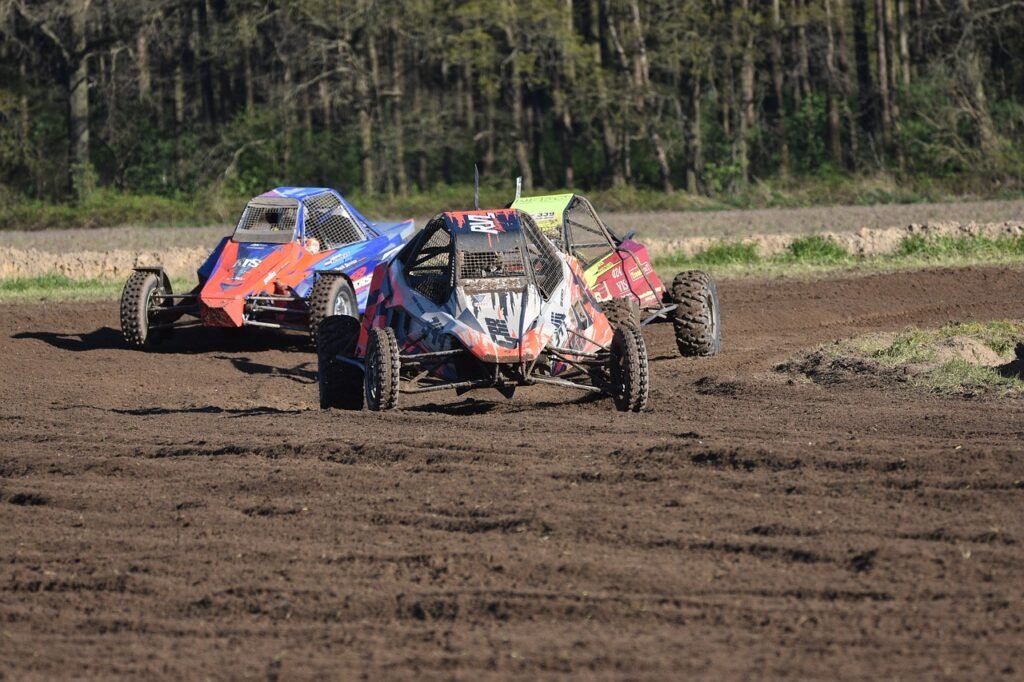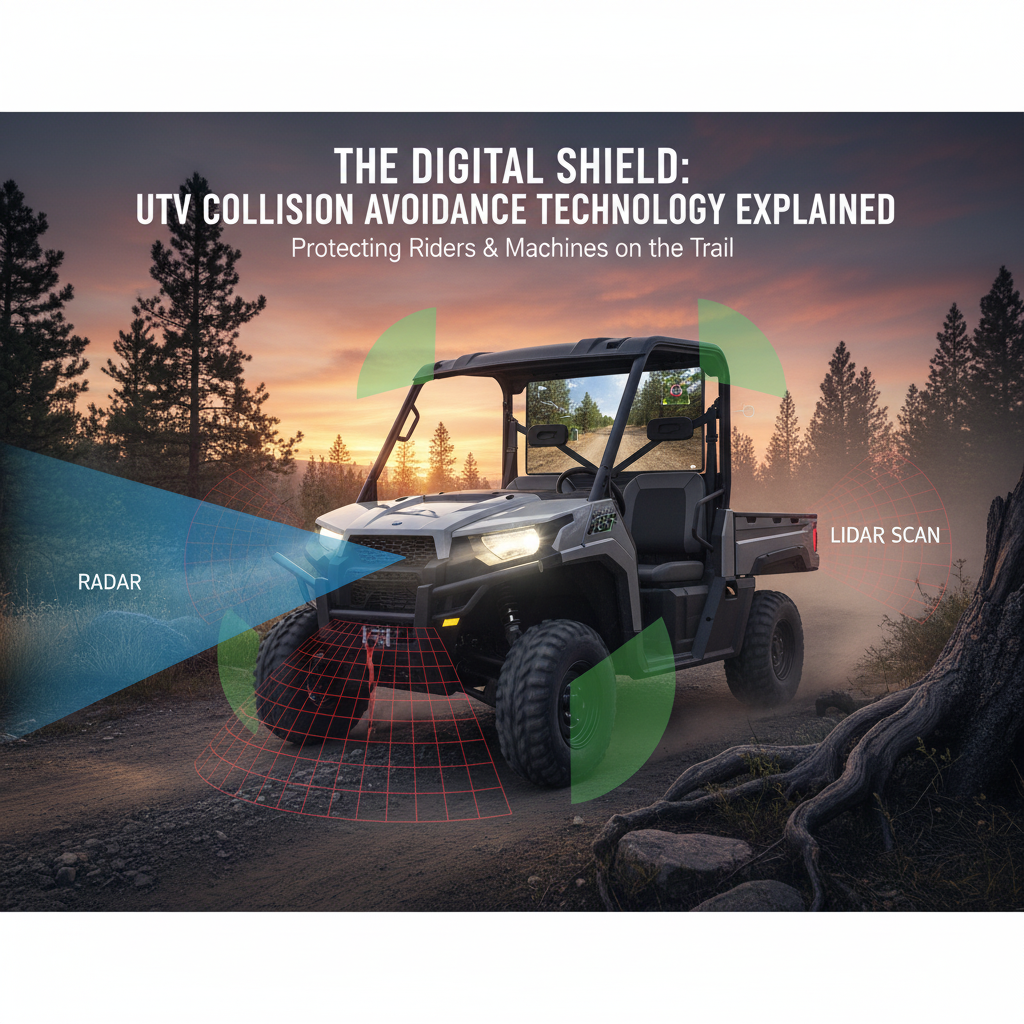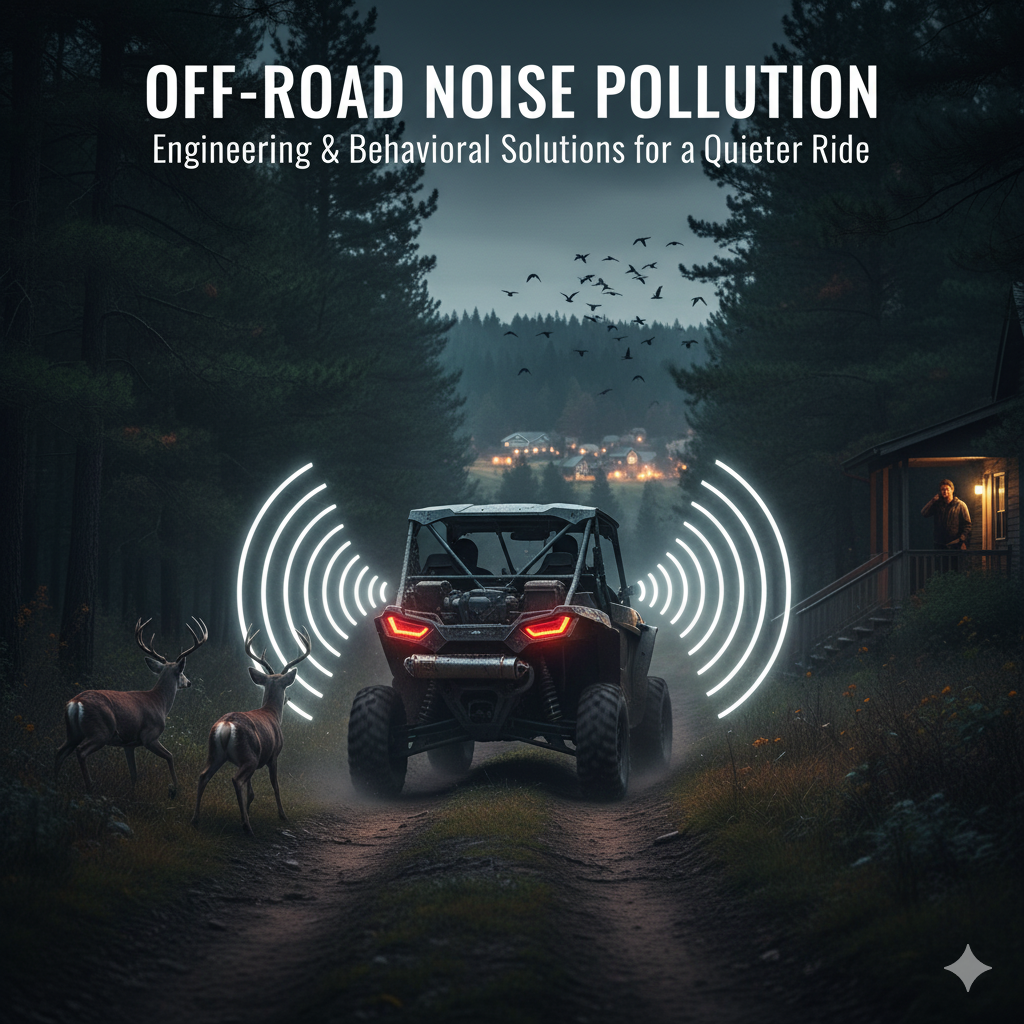In the ever-evolving world of Utility Task Vehicles (UTVs), two names consistently rise to the top.
the Honda Pioneer and the Can-Am Defender.
Both of these models have garnered significant acclaim for their exceptional performance.
Robust reliability, and versatile applications.
This blog post aims to provide a comprehensive comparison between the Honda Pioneer and the Can-Am Defender.
Guiding potential buyers and enthusiasts through the key aspects that set these two UTVs apart.
The Honda Pioneer, first introduce in 2014, has become synonymous with durability and innovation.
Honda, a brand with a storied history in automotive and recreational vehicles.
Has design the Pioneer to excel in a variety of terrains and tasks.
Whether it’s for work on a farm, a thrilling trail ride, or a weekend adventure.
The Pioneer is engineer to deliver consistent performance and long-lasting reliability.
On the other hand, the Can-Am Defender, launched by BRP (Bombardier Recreational Products) in 2016.
Has quickly establishe itself as a formidable competitor in the UTV market.
Known for its rugged design and advance features.
The Defender is tailor to meet.
The demands of both recreational users and those in need of a reliable workhorse.
Can-Am’s commitment to innovation and user-centric design is evident.
In every aspect of the Defender, making it a popular choice among UTV enthusiasts.
This blog post will delve into various facets of both models.
Including performance, design, features, and price.
By examining these critical areas, we aim to provide a detailed.
And unbiased comparison to help you make an informed decision.
Whether you are looking for a vehicle to assist.
With heavy-duty tasks or to explore the great outdoors.
understanding the strengths and weaknesses of the Honda Pioneer and the Can-Am Defender is essential.
Stay tuned as we dissect these two remarkable UTVs in the sections that follow.
Engine Performance and Power
When comparing the engine performance and power of the Honda Pioneer.
And Can-Am Defender, several key factors come into play, including engine types, horsepower, torque, and fuel efficiency.
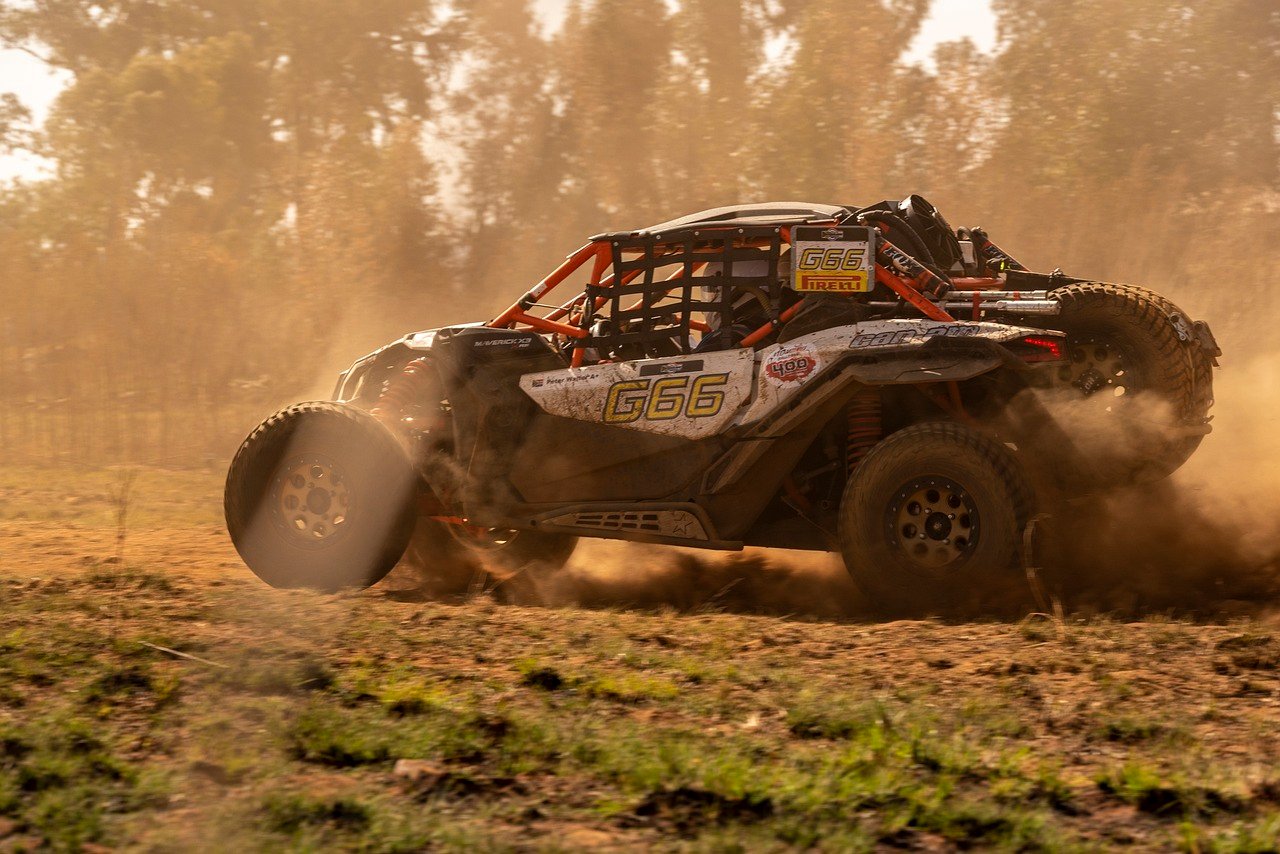
These aspects not only define the vehicles’ raw capabilities but also determine their suitability for different terrains and tasks, such as off-roading, hauling, and towing.
The Honda Pioneer is equip with a reliable, fuel-efficient engine.
Depending on the model, it features either a 500cc, 700cc, or 1000cc engine, delivering a range of horsepower and torque to suit various needs.
The 1000cc model, for instance, generates approximately 72 horsepower and substantial torque.
making it well-suited for demanding tasks and challenging terrains.
Honda’s engineering emphasizes smooth power delivery and longevity.
Ensuring that the Pioneer is a dependable choice for both recreational and work-oriente purposes.
On the other hand, the Can-Am Defender boasts a selection of powerful Rotax engines, ranging from 800cc to 1000cc.
The top-end models offer an impressive 82 horsepower, providing a significant edge in terms of raw power.
The Defender’s high torque output enhances its ability to tackle steep inclines and heavy loads with ease.
Can-Am’s engines are design for robust performance and resilience.
Making them ideal for users who need a machine capable of handling rigorous tasks and rough terrains.
Fuel efficiency is another critical factor in this comparison.
The Honda Pioneer is renowned for its fuel-efficient engines, which can translate to longer rides and reduced operational costs.
Conversely, the Can-Am Defender, with its more powerful engines.
May consume more fuel, but offers superior performance to justify the trade-off.
Overall, both the Honda Pioneer and Can-Am Defender excel in their respective areas of engine performance and power.
The choice between the two will largely depend on the specific needs and preferences of the user, balancing the desire for power, efficiency, and the specific tasks at hand.
Design and Build Quality
The design and build quality of any Utility Terrain Vehicle (UTV) are crucial factors that significantly influence its performance and user experience.
When comparing the Honda Pioneer and the Can-Am Defender, one can observe distinct differences in their chassis construction, materials used, durability, and overall aesthetic appeal.
The Honda Pioneer is renown for its robust build quality, with a high-strength steel chassis that ensures durability and longevity.
The materials use in its construction are design to withstand harsh conditions, providing reliability in various terrains.
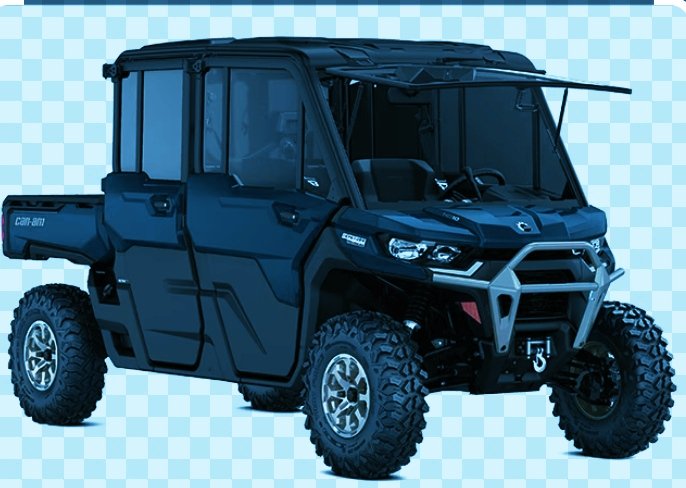
The Pioneer’s exterior design is sleek and functional, with a focus on practicality and ease of maintenance.
The ergonomics of the Honda Pioneer are well-considered, offering comfortable seating arrangements and ample cabin space.
The seats are made from high-quality materials that provide support and comfort during extended rides.
The cabin is spacious, allowing for easy access and movement, which enhances the overall user experience.
On the other hand, the Can-Am Defender boasts a rugged and durable design, with a chassis constructed
from heavy-duty materials that promise resilience and strength.
The Can-Am Defender’s build quality is impressive, with attention to detail in every aspect of its design.
The exterior has a tough, aggressive look that appeals to those seeking a more robust aesthetic.
The Defender’s ergonomics are designed for maximum comfort and practicality.
The seating arrangements are flexible, with options for bench or bucket seats, providing versatility for different needs.
The cabin space is generous, offering plenty of room for passengers and gear, and the ease of access is a significant advantage, especially in demanding work environments.
In summary, both the Honda Pioneer and the Can-Am Defender excel in design and build quality, each catering to different preferences and needs.
The Pioneer focuses on a sleek, practical design with comfortable ergonomics.
While the Defender emphasizes a rugged, durable build with flexible seating options and ample cabin space.
Choosing between them ultimately depends on what aspects of design and build quality are most important to the user.
Handling and Suspension
The handling and suspension of off-road vehicles are critical factors that significantly influence their performance and user experience.
In comparing the Honda Pioneer and Can-Am Defender.
it becomes evident that both vehicles offer robust suspension systems design to tackle various terrains effectively.
The Honda Pioneer is equip with a double-wishbone suspension system that provides a balance of stability and comfort.
The front suspension offers 7.9 inches of travel, while the rear suspension delivers 10.5 inches.
This setup ensures a smoother ride over uneven surfaces and enhances the vehicle’s handling in rugged environments.
The Pioneer’s suspension is also adjustable, allowing users to fine-tune their ride according to specific needs and preferences, whether navigating rocky trails or smoother paths.
On the other hand, the Can-Am Defender boasts an independent suspension system with a torsional trailing A-arm (TTA) rear suspension.
This advanced system offers 10 inches of travel both in the front and rear, ensuring a consistent and comfortable ride across various conditions.
The Defender’s suspension is designed to provide optimal ground clearance and stability.
Making it highly effective in traversing muddy terrains, steep slopes, and rocky landscapes.
Additionally, the suspension’s adjustability allows for customization based on the load and terrain, enhancing its versatility and performance.
When it comes to overall ride quality and stability, both vehicles excel but in slightly different ways.
The Honda Pioneer offers a more refined and cushioned experience, ideal for users seeking a blend of comfort and control.
Conversely, the Can-Am Defender is engineered for durability and ruggedness.
Making it better suited for more extreme off-road adventures where stability and resilience are paramount.
In various environments, both the Honda Pioneer and Can-Am Defender demonstrate impressive capabilities.
The Pioneer shines in moderately rough terrains and slopes, providing a reliable and enjoyable ride.
The Defender, with its robust suspension and superior ground clearance, excels in more challenging conditions.
Such as deep mud and steep inclines, offering uncompromised stability and control.
Utility and Versatility
When evaluating utility and versatility, both the Honda Pioneer and the Can-Am Defender demonstrate significant strengths.
Making them formidable contenders in the UTV market.
A crucial aspect of utility is cargo capacity.
The Honda Pioneer offers a robust cargo bed, capable of handling up to 1,000 pounds.
Which is essential for transporting heavy loads, whether for farm work, hunting, or other demanding tasks.
On the other hand, the Can-Am Defender boasts a slightly higher cargo capacity, supporting up to 1,200 pounds.
Thus providing an edge for those needing to haul more substantial loads.
Towing capabilities are another vital consideration.
The Honda Pioneer can tow up to 2,000 pounds, making it a solid choice for those needing to pull trailers or equipment.
Conversely, the Can-Am Defender excels with a towing capacity of 2,500 pounds, allowing for more significant towing tasks.
Which can be particularly beneficial in both agricultural and recreational settings.
Attachments and accessories further enhance the versatility of these UTVs.
The Honda Pioneer supports a range of accessories, including winches, plows, and cargo racks, enabling users to customize their vehicle to suit diverse needs.
Similarly, the Can-Am Defender features an extensive array of available attachments.
Such as gun racks, bed extenders, and specialized hunting gear, providing adaptability for a variety of activities.
Both vehicles are design to be versatile, catering to numerous uses beyond just work.
For instance, the Honda Pioneer, with its agile handling and advance suspension system, is also suitable for recreational activities, such as off-road adventures.
The Can-Am Defender, known for its stability and comfort, equally excels in both work and play scenarios, offering a well-rounded performance that meets the demands of various applications.
Unique features further distinguish their functionality.
The Honda Pioneer includes the innovative QuickFlip® seating system, allowing for easy transformation between passenger and cargo space configurations.
Meanwhile, the Can-Am Defender’s exclusive PRO-TORQ transmission ensures smooth and efficient power delivery, enhancing both its utility and versatility.
Technology and Features
When evaluating the Honda Pioneer and Can-Am Defender, the technology and features each offers play a pivotal role in distinguishing between the two.
Both vehicles come equip with modern technological advancements tailored to enhance user experience and functionality.
Starting with the dashboard layouts, the Honda Pioneer features a straightforward and user-friendly design.
The dashboard is equipped with an array of analog and digital displays, providing essential information at a glance.
On the other hand, the Can-Am Defender boasts a more contemporary dashboard.
Complete with a full-color digital display that offers greater customization and visibility under various lighting conditions.
Infotainment systems are another critical aspect.
The Honda Pioneer includes a basic but effective setup, ensuring drivers and passengers remain engaged and informed.
Bluetooth connectivity is available, allowing for hands-free calls and music streaming.
Meanwhile, the Can-Am Defender raises the bar with its advanced infotainment system, which includes an intuitive touchscreen interface.
This system not only supports Bluetooth but also integrates seamlessly with smartphones.
Offering GPS navigation and a variety of entertainment options.
Advanced features further set these vehicles apart.
The Honda Pioneer includes several practical technologies such as a robust GPS system and driver assistance technologies like hill start assist and traction control.
However, the Can-Am Defender excels with its inclusion of additional advanced safety and convenience features.
Such as dynamic power steering, adaptable suspension settings, and an enhanced GPS system that provides real-time updates and route tracking.
When considering ease of use and practicality, both vehicles demonstrate thoughtful design and implementation of features.
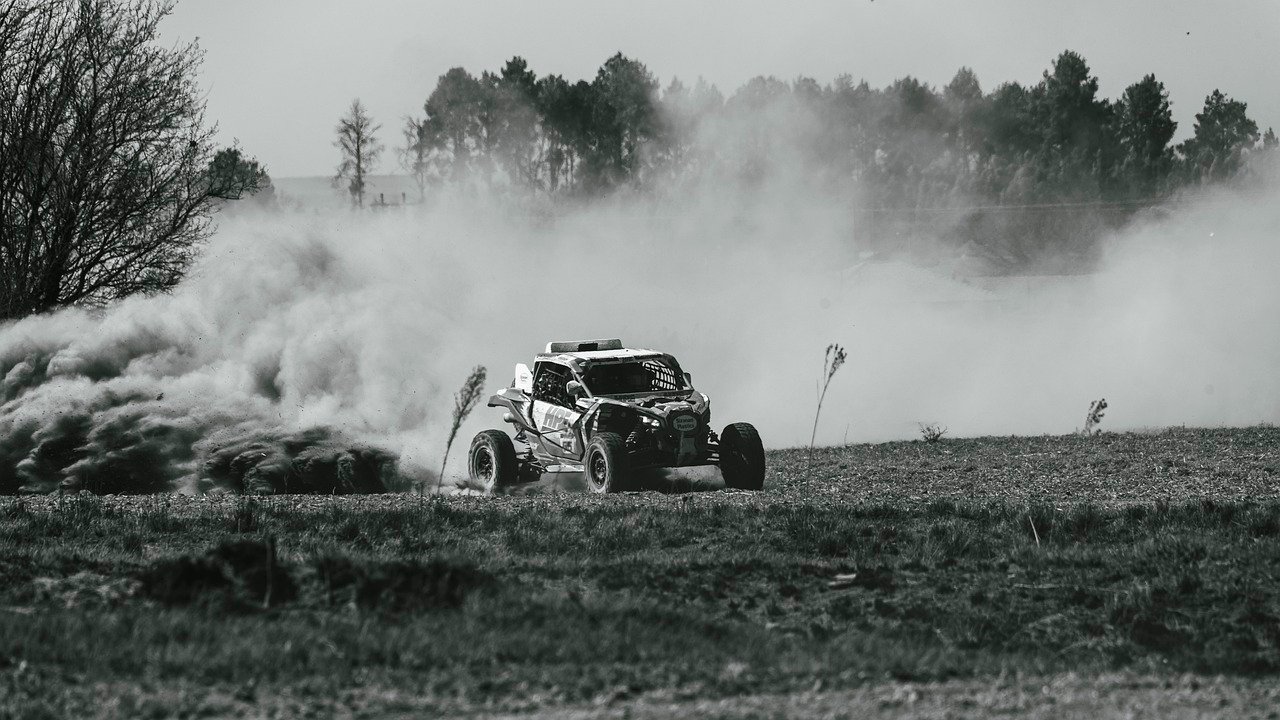
The Honda Pioneer is known for its intuitive controls and straightforward operation, making it a reliable choice for users seeking simplicity and effectiveness.
Conversely, the Can-Am Defender’s advanced systems, while slightly more complex, offer greater versatility and customization.
Catering to those who prioritize cutting-edge technology and a more immersive driving experience.
Ultimately, the choice between the Honda Pioneer and Can-Am Defender regarding technology and features will largely depend on individual preferences and specific needs.
Both vehicles offer a compelling suite of technologies designed to enhance the off-road experience.
With the Honda Pioneer emphasizing simplicity and reliability, and the Can-Am Defender pushing the envelope with advanced, customizable features.
Maintenance and Reliability
When comparing the maintenance and reliability of the Honda Pioneer and the Can-Am Defender, several critical factors come into play.
Both UTVs are known for their robust construction and enduring performance.
But they exhibit distinct differences in service intervals, ease of maintenance, and common issues reported by users.
The Honda Pioneer typically requires regular maintenance at standard intervals.
making it relatively straightforward for owners to keep their vehicles in optimal condition.
Honda is renowned for its attention to detail in engineering, which translates into fewer common issues and long-term reliability.
Routine tasks such as oil changes, filter replacements, and brake inspections are designed to be user-friendly, minimizing downtime and maintenance costs.
Honda’s widespread network of service centers ensures that spare parts are readily available, and their warranty support is reputed to be both comprehensive and dependable.
On the other hand, the Can-Am Defender also holds a strong reputation for durability, with service intervals that are competitive with the Pioneer.
Can-Am has focused on designing their UTVs with ease of access to key components, simplifying maintenance procedures.
Users often praise the Defender for its robust build and the ease with which common maintenance tasks can be performed.
However, some users have reported occasional issues with electrical components and drivetrain elements.
Despite this, Can-Am’s expansive dealer network and strong warranty support help mitigate these concerns by providing ample access to spare parts and technical assistance.
In terms of brand reputation, both Honda and Can-Am are esteemed for their longevity and durability.
Honda’s legacy in the automotive and powersport industry contributes to a high level of trust among consumers.
While Can-Am’s innovative designs and responsive customer service have cemented their position as a reliable choice in the market.
Ultimately, both the Honda Pioneer and the Can-Am Defender offer commendable reliability and manageable maintenance, ensuring that users can enjoy their UTVs with minimal interruptions.
Price and Value for Money
When examining the price and value for money offered by the Honda Pioneer and Can-Am Defender.
It is essential to consider the base models as well as the optional upgrades available for each vehicle.
The Honda Pioneer typically comes with a starting price that is slightly lower.
Than the Can-Am Defender, making it an attractive option for budget-conscious buyers.
However, the initial cost is only one part of the equation.
The Honda Pioneer offers a range of models, each with varying features and capabilities.
For instance, the Pioneer 500 is known for its compact size and maneuverability, making it suitable for tight trails and smaller spaces.
On the other hand, the Pioneer 1000-5 Deluxe offers more power and additional seating, catering to those who require extra capacity and performance.
Optional upgrades for the Honda Pioneer include enhanced suspension systems, winches, and additional storage solutions, which can significantly improve its functionality and comfort.
Conversely, the Can-Am Defender, while starting at a higher base price, is renowned for its robust build and advanced features.
The Defender HD8 and HD10 models come equipped with powerful engines and superior towing capacities, appealing to those who need a vehicle for heavy-duty tasks.
Optional upgrades for the Can-Am Defender include advance suspension systems, cab enclosures, and specialized tires.
which enhance its performance in various terrains and weather conditions.
When it comes to value for money, both the Honda Pioneer and Can-Am Defender offer distinct advantages.
The Pioneer provides a cost-effective solution with a variety of models tailored to different needs, while the Defender offers premium features and durability that justify its higher price point.
Buyers must consider their specific requirements, such as the type of terrain they will navigate, the load they need to carry, and their overall budget.
Ultimately, the decision will dependon balancing these factors to determine which vehicle delivers the best return on investment for their particular use case.

